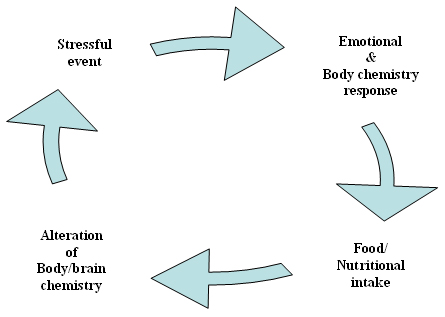
No matter whether the goal is to achieve a particular position or a particular speed, we refer to that value as the ‘target’ or sometimes ‘set point’. Comparing the Current Value to the Target Value Image used courtesy of Automation Direct. Although the latter usually only for very small ranges of precise motion.Ī rotary encoder for heavy-duty applications. For linear electric motion, an encoder can still be used but magnetic tape position sensors or even linear potentiometers can be employed.

For continuous motion, the rotational speed is the end target parameter. With motor drive systems, the encoder is almost always the choice to retrieve information about RPM. Sometimes these are named by brand, including Temposonic, a common choice for hydraulic applications. Most commonly, the center of the cylinder is hollow, giving room for a long sensing rod that works on principles of magnetic fields - often field disturbance or Hall Effect sensing. Usually, it must be precise down to fractions of an inch or millimeter. Image used courtesy of MTS Sensors.įor those hydraulic cylinders, the sensor must return back the precise position of the end of the cylinder. For motors, it might be a bit more complicated since RPM might be the goal, or perhaps it’s still linear motion through the use of a toothed belt drive or ball screw, commonly seen on a CNC machine axis.Ī linear position sensor made by Temposonic and used to locate the precise location of the shaft of a hydraulic cylinder. For a hydraulic cylinder, the goal is pretty obviously linear motion with precise speeds and stopping locations. The choice of sensor used to obtain feedback really depends on what kind of motion is intended from the system. We’ll be focusing on motor and hydraulic control for the scope of this discussion.

#Sight control feedback loop driver#
However, the entire control system is contained within the servo driver board, and usually can’t be individually controlled and tuned in the same manner as a motion control system. Image used courtesy of Delta Motion.īefore investigating motion control system, it should be noted that one type of motor, the Servo Motor, does fit into this category. Motors are a classic example of motion, but these feedback loop motion systems can be driven regardless of the source of the motion.ĭelta Computer Systems’ RMC75, an example of a PID controller with expanded I/O capabilities. This precision motion control cannot simply be called motor control since it’s common for the motion to be in the form of hydraulic cylinders and sometimes even air. This sensor information is called ‘feedback’, and when it’s added into a system, the added benefits can be pretty amazing. In those types of systems, we turn to some sort of sensor to report back information about how well the motion device is performing its task.

But in those critical moments, an error of mere fractions of an inch can destroy equipment and injure people. Most of the time, as long as motors drive as commanded, and solenoid valves open and close as required, the system works just fine. In some industries, it is critical to have certain motions controlled and calculated very carefully, or the results could be disastrous. For these systems, we turn to closed-loop PID systems. But for other systems, it’s critical to know an exact RPM or position, and if the system isn’t performing exactly as intended, it must be corrected. In many systems, it is sufficient to send voltage to a motor or valve, and expect it to perform properly.


 0 kommentar(er)
0 kommentar(er)
